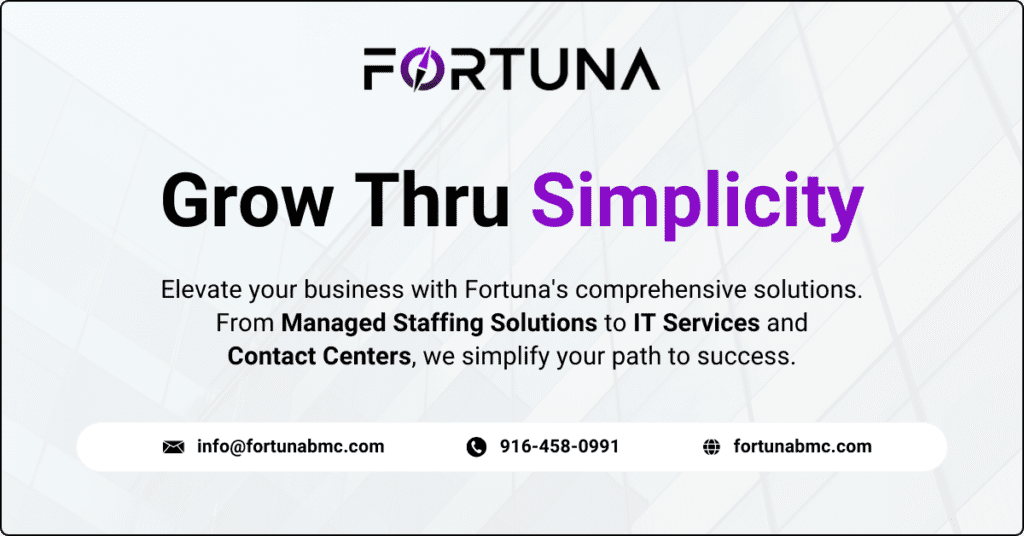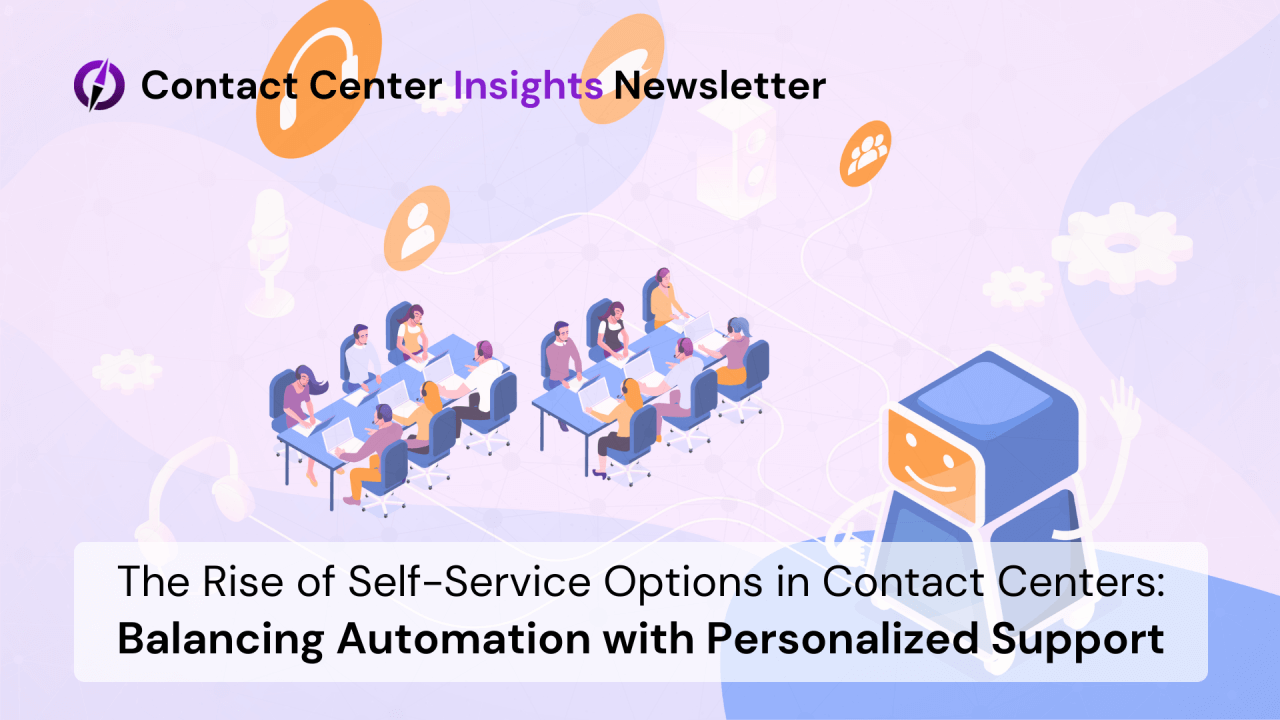Today, we’re delving into an evolving trend reshaping the landscape of contact centers: the rise of self-service options. As technology advances and customer preferences evolve, businesses are increasingly embracing self-service solutions to streamline customer interactions and enhance efficiency. However, striking the right balance between automation and personalized support is key to delivering exceptional customer experiences. Join us as we explore how contact centers can navigate this delicate balance, leveraging self-service options while maintaining a human touch.
Self-service options have become a cornerstone of modern customer service, offering convenience and accessibility to customers while reducing the workload on contact center agents. From interactive voice response (IVR) systems to chatbots and knowledge bases, self-service options empower customers to find answers to their inquiries independently, without the need for agent assistance. This shift towards self-service reflects a broader trend towards automation and digitization in customer service, driven by advancements in technology and changing customer expectations.

Let’s explore four key strategies for balancing automation with personalized support in contact centers:
- Intelligent Automation: Implement intelligent automation solutions that enhance, rather than replace, personalized support. Utilize AI-powered chatbots equipped with natural language processing to handle routine inquiries and transactional tasks, freeing up human agents to focus on more complex and emotionally sensitive interactions. Intelligent automation learns from each customer interaction, allowing for personalized responses that mimic human conversation.
- Human-AI Collaboration: Foster collaboration between humans and artificial intelligence to deliver seamless customer experiences. Design workflows that integrate automation with human intervention at key touchpoints in the customer journey. For example, use chatbots to triage inquiries and gather initial information before seamlessly transferring customers to human agents for personalized assistance. This collaborative approach combines the efficiency of automation with the empathy and expertise of human agents.
- Personalization at Scale: Leverage data and analytics to personalize self-service experiences for customers. Use customer data to anticipate needs, preferences, and past interactions, tailoring self-service options accordingly. For example, offer personalized recommendations based on purchase history or provide proactive notifications for upcoming appointments or renewals. By personalizing self-service options, businesses can enhance customer satisfaction and engagement while driving efficiency.
- Continuous Improvement: Embrace a culture of continuous improvement to refine self-service options over time. Gather feedback from customers and agents to identify pain points and areas for improvement in self-service processes. Monitor key performance metrics such as self-service adoption rates, resolution times, and customer satisfaction scores to measure the effectiveness of self-service options. Use insights gained from monitoring and feedback to iteratively optimize self-service solutions and ensure they meet evolving customer needs.



